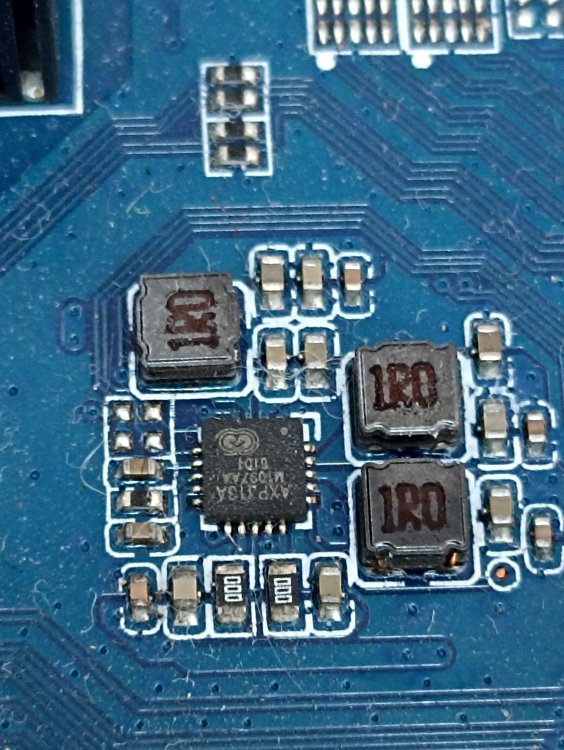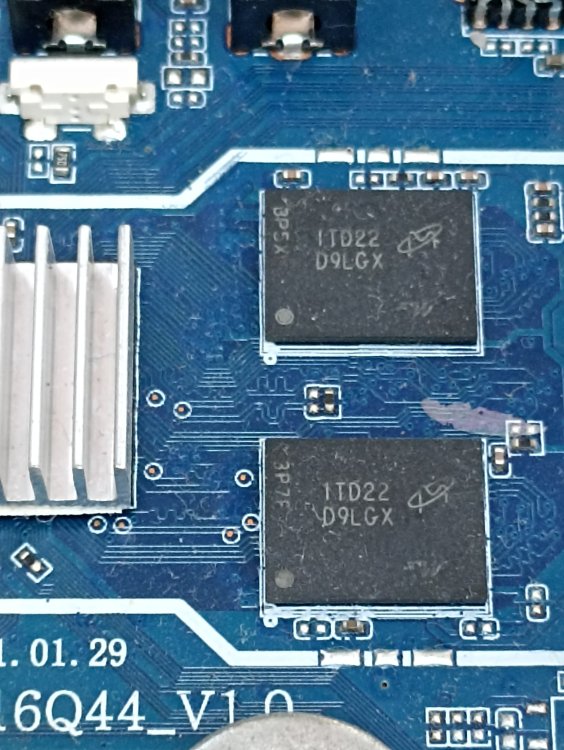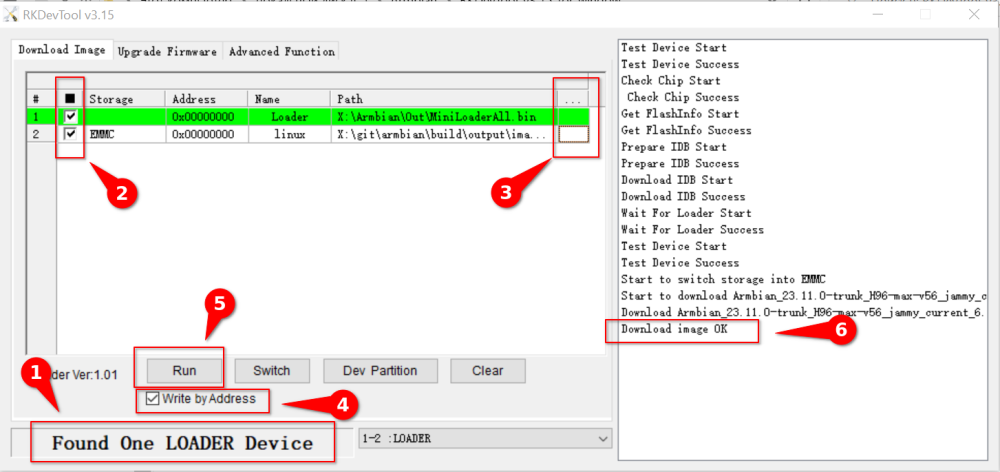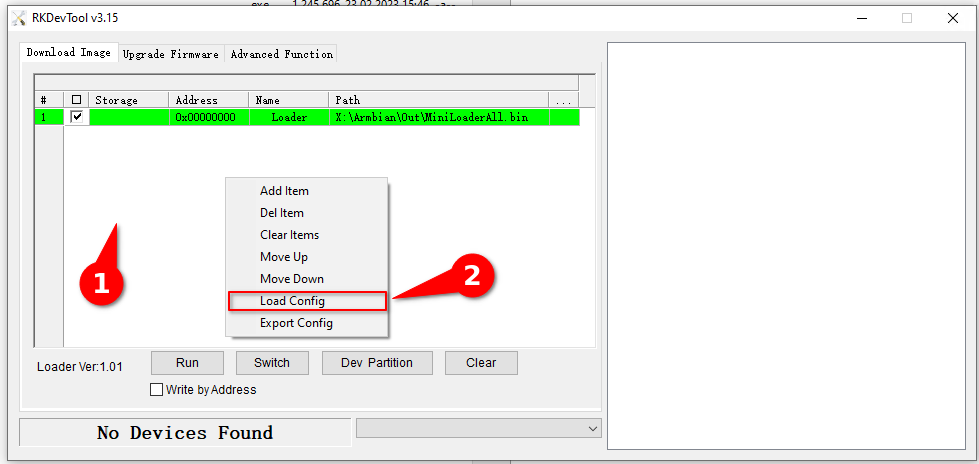All Activity
- Past hour
-
The NanoPi-R6C (that I have) has an extra USB-C female connector, so the chip is already on the board. You just need a USB cable (so just wires with USB signal levels) to connect to laptop or any computer with USB, even smartphone. RS232 is other voltage levels, long distance as well, so don't expect it to be spec compliant. USB is 5 meters. I think 1.5 Mbps is simply out of scope for RS232/DB9. Maybe netconsole is something you could use.
- Today
-
Installed the vendor kernel via armbian-config, booted up, it took a minute, thought it wouldnt boot, but it worked! now all the cpus are at 408Mhz when idle! Thank you so much!
-

CSC Armbian for RK3318/RK3328 TV box boards
Андрей Димов replied to jock's topic in Rockchip CPU Boxes
Incbot, hi I have this problem too. Use rk3318-config command to set device tree overlay (on the second step push space then enter) and then don't touch device tree overlay in armbian-config. After reboot use command hciconfig -a, if it have some message on screen - Bluetooth working -
Great thank you very much!
-

TVBOX M4xq with ik316 EMCP 1.0
Aleqssandro Farias replied to javaxsousa's topic in Allwinner CPU Boxes
Hi @Nick A, good afternoon! Yes, I tested them — I tried all three ISOs you shared. I'm sending you the UART logs from two of them: the one you specifically asked me to test and the MiniArch one. The one you asked me to try throws a DRAM error, while the MiniArch image actually boots — maybe because it’s configured for eMCP. log_miniarch.txt log_armbian_unofficial.txt -
Do you know of any products that integrate one of those chips such that you can plug in DB9 or RJ45 RS232 and achieve a console on a rockchip system that uses 1.5mbit @ TTL voltages? I have console cables that work now but via USB and I want to wire it up to my terminal server (ideally without having to do any soldering or work my own PCB).
-
Hi everyone, I'm recently obtained a TV box from a local store (seems like they sell Amazon returns or something, but they just have a bunch of random stuff). After installing AIDA64, I learned that it's running an Allwinner H616 CPU and has 4GB of RAM. It is able to boot warpme's MiniArch build for the Tanix TX6S, and I extracted the DTB from the Android build on the eMMC. My question is, where do I go from here? I'd like to build a custom Armbian image to support my device. When I try booting the Armbian image for the Orange Pi Zero 2, it gives an error over my serial monitor about a bad DRAM configuration which I expected since apparently these boxes have DRAM chips that are often laid out differently than the Orange Pi, and this can apparently be fixed with a U-boot configuration change. I was curious about how I can integrate these changes into my own build of Armbian so I could bring support to my device. Thanks in advance!
-

How to install armbian in h618?
Алексей Торопов replied to alienxz77b's topic in Allwinner CPU Boxes
Thank you, I tried. But this is not my level, it is too difficult for me. I'll probably wait for your next release. -
Good day JOCK. Thank you so much for linking to the latest armbian releases. I installed 25.5.0-trunk.444 and brought it to 25.8.0-trunk.26 by several updates. The system is loaded and steadily updated. Managed to configure ethernet and wifi with static addresses. The network works well. The question is that I can't figure out how to start bluetooth. At first, the system worked without overlays and tried to load BCM43342 when I connected overlay 6330 using armbian-config, nothing changed. I don't have too much experience in unix. What am I doing wrong? PS I attach a photo of the board and armmonitor -u)
-
I believe I have the same issue with an unbootable Rock64 after the kernel update from 6.6.x to 6.12.x.
-
@Aleqssandro Farias have you tried this image? https://github.com/NickAlilovic/build/releases/download/20250306/Armbian-unofficial_25.05.0-trunk_X96q-lpddr3-v1-3_bookworm_edge_6.12.11_xfce_desktop.img.xz
-
No worries. Everyone here started small edge and vendor are Armbian terms for kernel branches just like current. You guessed correct, edge is bleeding edge and usually follows latest mainline kernel (6.14.y today). vendor is based on Rockchip BSP kernel which is 6.1.y at the moment. While a bit out of date most hw functions work here. current usually follows latest available LTS mainline kernel. As you're a beginner and most likely just want things to work I suggest to try a vendor kernel based image first.
-
Sorry I'm an armbian noob, I'm not familiar with the terms, but I assume vendor is the official orange pi ubuntu (that's a big no no for me) and the edge is an unstable version? Could you point me to how to install the edge version? can I just update the kernel on my current system? or do I need to flash a new image? Thank you!
-
Support for the rk3588 soc is quite rudimentary in this LTS kernel. Also most likely the opp nodes are missing just like most other hw features. I suggest to use either vendor or edge for now.
-
Hum that's odd, I just installed the latest available version of armbian for Orange Pi 5 plus, this is the kernel version that I have: Linux opi5 6.12.22-current-rockchip64 #1 SMP PREEMPT Mon Apr 7 08:08:37 UTC 2025 aarch64 aarch64 aarch64 GNU/Linux I got the image here: https://www.armbian.com/orange-pi-5-plus/ And I downloaded the image in the section: Server images with Armbian Linux v6.12 (build date Feb 15 2025) Do you have any idea of why I don't have all the frequencies on my system? Should I try a reinstall? Which image are you using? Thank you!
-
Good day, I've installed ARMBIAN to my old TV box. It's running fine as I ussually use it headles with a ssh connection to it. BUT NOW I've attached it to the hdmi TV and I want to remotely use that HDMI screen w/o local keyboard and mouse. I don't know how to do that. Please give me a help?
-
Cannot reproduce test@orangepi5-plus:~$ cat /sys/devices/system/cpu/cpufreq/policy0/scaling_available_frequencies 408000 600000 816000 1008000 1200000 1416000 1608000 1800000 test@orangepi5-plus:~$ cat /sys/devices/system/cpu/cpufreq/policy6/scaling_available_frequencies 408000 600000 816000 1008000 1200000 1416000 1608000 1800000 2016000 2208000 2256000 2304000 2352000 2400000
-
Hi, The RK3588 supports frequencies as low as 408MHz, but in armbian the minimum is 1008MHz, which makes the cpu run hotter and draw more power even when idle, compared with the OPI ubuntu version. These are the available frequencies: $ cat /sys/devices/system/cpu/cpufreq/policy0/scaling_available_frequencies 1008000 1200000 1416000 1608000 1800000 $ cat /sys/devices/system/cpu/cpufreq/policy6/scaling_available_frequencies 1200000 1416000 1608000 1800000 2016000 2208000 2400000 I want to add the missing frequencies, I tried to look in the armbian repo for dts files that contain these frequencies, but I couldn't find anything. Is is possible to do this by loading dti files on boot? or does it need a kernel recompile? Thanks!
-
Yeah, I noticed it was not rebuilt on the next calls to compile.sh. Might not solve the problem for CI/CD environments, but for development it should work. Thanks!
-

Efforts to develop firmware for H96 MAX M9 RK3576 TV Box 8G/128G
cmuki replied to Hqnicolas's topic in Rockchip CPU Boxes
Hey, @xiaobao80! Sadly not - but on the upside I was able to build and use the latest kernel. Also want to update and say that I did manage to use the NPU and the VPU successfully with Immich AI facial recognition and Jellyfin transcoding respectively. -

Rock64 - not booting after Armbian update
trohn_javolta replied to arm rock64 user's topic in Rockchip
I can't contribute much to this other than stating, it's the same on my Rock64 2GB v2.0 but I also cannot boot: Armbian_25.2.1_Rock64_bookworm_current_6.12.13_minimal.img.xz I then tried one from here https://archive.armbian.com/rock64/archive (site currently throws error: Internal error - code should not reach this point so I cannot tell which one specifically I used) but that one booted fine. -> This one worked for me: Armbian_23.11.1_Rock64_bookworm_current_6.1.63.img.xz -

TVBOX M4xq with ik316 EMCP 1.0
Aleqssandro Farias replied to javaxsousa's topic in Allwinner CPU Boxes
Hello everyone, I've already managed to identify and work with a few TV box models, but I'm currently facing difficulties with a model that uses the IK316 SoC. I've attached photos of the board and some of its components, as well as the DTS file I extracted from this model. Could anyone help me figure out how to proceed? I tried adapting the original DTB to work with an Armbian image, but I believe I'm making mistakes in this step. So far, I've accessed the device via UART using a TTL adapter. Using sudo, I was able to dump the Android image and then extract the DTB file using Python. Any guidance would be greatly appreciated! 01_dtbdump_,sun50iw9.dts -
If a kernel package exists as artifact in oci cache it will be downloaded and used. Only if there is no artifact it will be built from scratch. After a new kernel version is released it may take a few days until oci catches up. However once locally built it will also be cached locally so it will be re-used if you start another build.
-

Efforts to develop firmware for H96 MAX V56 RK3566 8G/64G
Hqnicolas replied to Hqnicolas's topic in Rockchip CPU Boxes
-
@remlei Yes indeed, sometimes I ask to myself ( and to my friends @jock @ilmich ) who the hell give us so much entusiasm, patience ( and frustration) to deal AGAINST not the box itself, but against the lack of good documentation and support , but when finally a stuff is working after thousands of trials and errors, well then I go sleep like a child with it's christmas gift. This is the pagic called PASSION !!!


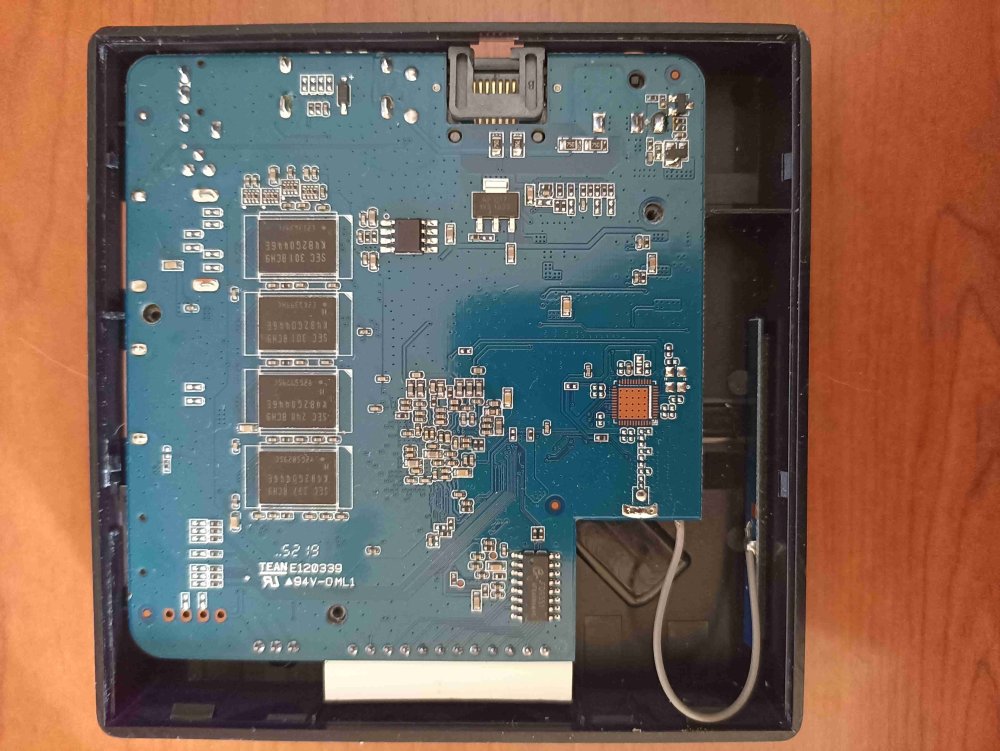
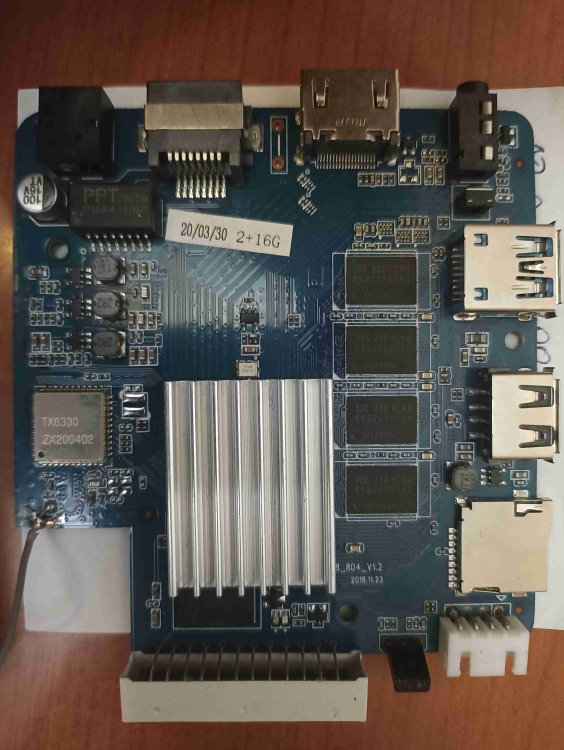


.thumb.jpeg.fc03f761f9dbc1693cab0413299a5f6e.jpeg)
.thumb.jpeg.48d87cc9f8cdb81f6b3e7d5a02362ea3.jpeg)
